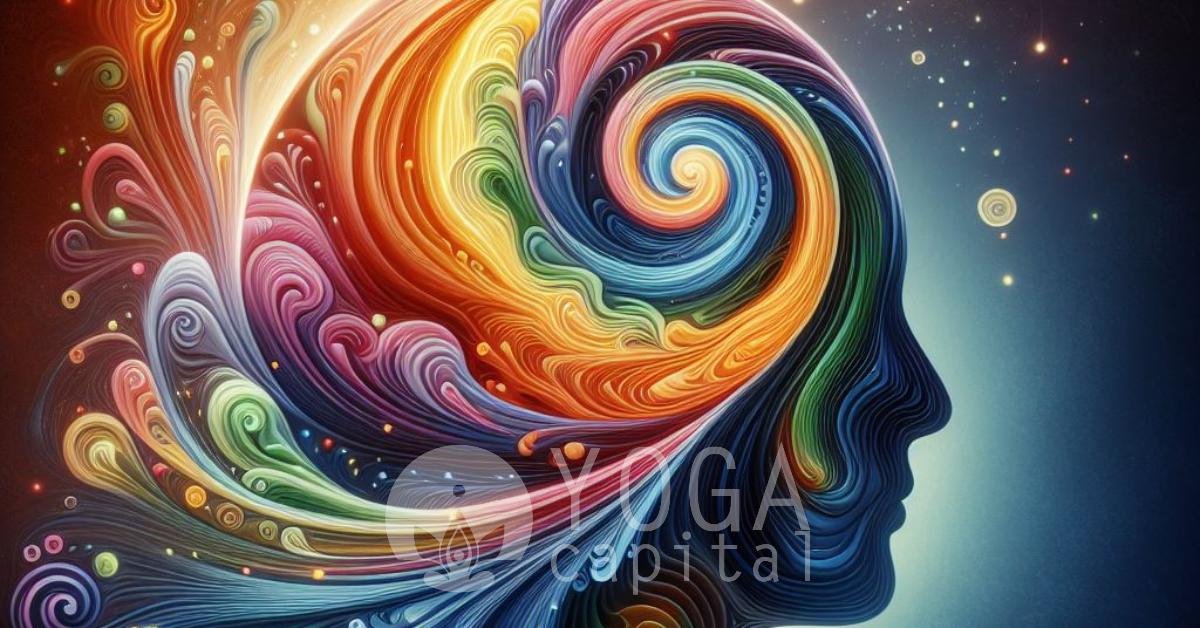This article delves into the beautiful connection between our body and mind, exploring how practices like yoga, meditation, and pranayama can empower us to regulate our emotions and cultivate a sense of well-being.
The Science Behind Our Emotions
We experience a vast range of emotions throughout our day, from the joy of a shared laugh to the frustration of a stressful situation. These emotions are deeply intertwined with our nervous system, a complex network that controls our body’s automatic responses. The nervous system has two main branches:
- Sympathetic Nervous System (SNS): Often referred to as the “fight-or-flight” response, the SNS activates in response to perceived threats or stress. This triggers a cascade of physiological changes, such as increased heart rate, breathing rate, and blood pressure.
- Parasympathetic Nervous System (PNS): The PNS acts as our body’s “rest and digest” system. It promotes relaxation, lowers heart rate and blood pressure, and aids in digestion.
When faced with chronic stress, the SNS can become overstimulated, leading to anxiety, insomnia, and difficulty concentrating. Emotional regulation is the ability to manage these emotional responses effectively. It allows us to acknowledge and understand our emotions without being overwhelmed by them. Studies have shown that practices like yoga, meditation, and pranayama can positively influence the nervous system, promoting a healthy balance between the SNS and PNS.
The Symphony in Action: Practical Techniques
Now that we understand the science behind our emotions, let’s explore how we can actively engage the mind-body connection for emotional regulation:
Yoga Poses for Emotional Regulation:
Yoga postures, or asanas, offer a powerful avenue for emotional release and stress reduction. Here are a few beginner-friendly poses to get you started:
- Child’s Pose (Balasana): This restorative pose provides a sense of comfort and security. Kneel on the floor, sit back on your heels, and rest your forehead on the ground. Allow your arms to extend forward or rest alongside your body. Breathe deeply and stay for several breaths.
- Downward-Facing Dog (Adho Mukha Svanasana): This invigorating pose helps to calm the mind and improve circulation. Start on all fours, then press your hips back and straighten your legs as much as is comfortable. Keep your heels pressing towards the ground and lengthen your spine. Hold for several breaths.
- Supported Bridge Pose (Setu Bandhasana): This gentle backbend promotes relaxation and opens the chest. Lie on your back with knees bent and feet flat on the floor. Place a block or bolster under your sacrum. Lift your hips and interlace your fingers beneath your body. Hold for several breaths.
Remember: When practicing yoga, always listen to your body. Modify poses as needed and prioritize comfort over achieving perfect alignment.
Meditation Techniques for Emotional Regulation:
Meditation is a practice of training the mind to focus and achieve a state of calmness. Here’s a simple mindfulness meditation to start:
- Find a quiet space and sit comfortably, either in a chair or on the floor. Close your eyes or soften your gaze.
- Begin by focusing on your breath. Feel the rise and fall of your chest with each inhalation and exhalation. Notice any sensations in your body without judgment.
- If your mind wanders, gently bring your attention back to your breath. It’s natural for thoughts to arise; simply acknowledge them and return your focus to your breath.
- Start with a few minutes of meditation and gradually increase the duration as you become more comfortable.
Pranayama Techniques for Emotional Regulation:
Pranayama, the yogic practice of breath control, offers powerful tools for emotional regulation. Here are two simple breathing techniques:
- Diaphragmatic Breathing: This deep breathing technique activates the parasympathetic nervous system, promoting relaxation. Place one hand on your belly and the other on your chest. Breathe in slowly through your nose, feeling your belly expand. Exhale slowly through pursed lips, allowing your belly to sink.
- Alternate Nostril Breathing (Nadi Shodhana): This technique helps to balance the nervous system and improve emotional well-being. Close your right nostril with your thumb and inhale slowly through your left nostril. Hold your breath for a moment, then close your left nostril with your ring finger and exhale slowly through your right nostril. Repeat by inhaling through the right nostril, holding, and exhaling through the left.
Conclusion
The mind and body are intricately connected, and our emotions are a reflection of this dynamic interplay. By incorporating practices like yoga, meditation, and pranayama into our daily lives, we can cultivate a deeper understanding of ourselves and develop healthy tools for emotional regulation. As we nurture this mind-body connection, we can navigate life’s challenges with greater calmness, clarity, and resilience.
Remember: These practices are tools, and consistency is key. Incorporate them into your routine, and gradually observe the positive changes they bring to your emotional well-being.
If you’re ready to deepen your exploration of the mind-body connection, consider these resources:
- Find a qualified yoga instructor: A yoga class tailored towards stress-relief or restorative postures can be beneficial.
- Explore online guided meditations: Free resources like Simply Yoga, Daily Yoga, Calm can be great starting points.
- Learn more about pranayama: Seek out books or videos that focus specifically on breathing exercises for relaxation.
Important Note: If you are experiencing significant emotional distress, please seek the guidance of a qualified mental health professional. These practices can be valuable tools alongside professional support.
The Journey is Yours
The path toward emotional regulation is a personal one. Experiment with different techniques, be patient with yourself, and find what resonates most deeply with your needs. By embracing the ancient wisdom woven into yoga, meditation, and pranayama, you can discover a powerful symphony of calm within yourself, enhancing your well-being and ability to thrive in life’s ever-changing tides.
